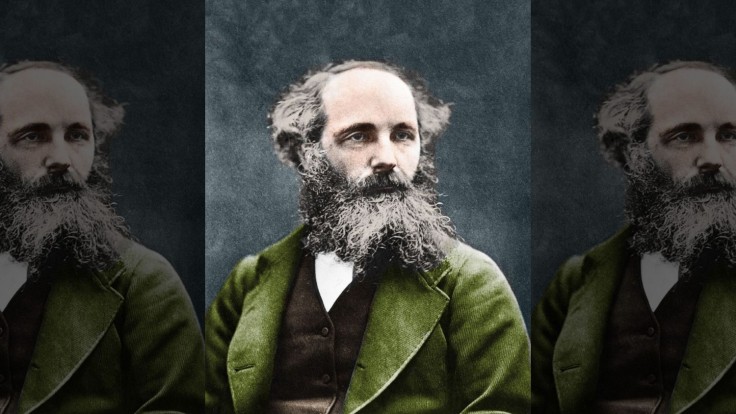19th Century Scientist James Clerk Maxwell Helps New Scientists Discover Peculiar Light Waves
By
Researchers have discovered a previously unknown type of light wave based on the pioneering work of a Scottish scientist from the 19th century.
Equations produced by renowned mathematician and physicist James Clerk Maxwell have shown how crystals can be manipulated to produce a distinctive light wave shape.
Recently called Dyakonov-Voigt waves, the phenomenon could have a variety of useful applications such as improving biosensors used to track blood samples or designing fiber optic circuits that more effectively transmit data.
Scientists and engineers from the University of Edinburgh and the Pennsylvania State University made the discovery by studying how light, moving in the form of waves, interacts with certain natural or human-made crystals.
They found that waves from Dyakonov-Voigt are produced in a specific region - known as an interface - where crystals meet other materials, such as oil or water. These waves can only be produced using certain types of crystal, the optical properties of which depend on the direction in which light passes through them, researchers say.
Using mathematical models that implemented equations developed by James Clerk Maxwell, the team defined unique properties of the waves. Work on how light interacts with crystals has been based on Maxwell's work since the mid-1800s, who studied at Edinburgh University from the age of 16.
The team found that Dyakonov-Voigt waves, named after two leading scientists, are diminishing as they move away from the interface, a process called decline, and traveling only in one direction. Other types of so-called surface waves are declining faster and traveling in several directions.
Dr. Tom Mackay of the School of Mathematics at the University of Edinburgh, who jointly led the study, said that Dyakonov-Voigt waves represent a step forward in our understanding of how light interacts with complex materials and provides prospects for a variety of advances in technology.
Physicist James Clerk Maxwell initially proposed the theory, but it attracted attention because it appeared to break the second thermodynamics rule. This law states, in experimental terms, that when hot and cold water are combined, they must eventually reach a mid-temperature equilibrium.
According to Maxwell a theoretical being, later called Maxwell's demon, could divide the water into two compartments and reverse the process, isolating hot molecules from cold by allowing only the hotter-than-average between the compartments through a trap-door.
Since mixed water is considered more disordered, for example-higher entropy, than separate water, the demon has transformed a system from a state of chaos to a state of order using only information, the awareness of which molecules are hot and cold.
This appears to be in violation of the law, which also specifies that an isolated system should not minimize entropy. In other words, without wasting power, the demon should not have been able to separate the hot and cold liquid.
Later on, Hungarian physicist Leó Szilárd indicated that the mechanism does not break physics laws because the demon would probably have had to use some power to decide which molecules are hot and cold.
Modern scientists have also taken advantage of other theories by Clerk Maxwell. For example, scientists used the work of the physicist in an experiment in 2010, according to LiveScience, to turn knowledge into "pure energy."
RELATED: Science 101: What Is the Future in Science Laboratories
© 2026 University Herald, All rights reserved. Do not reproduce without permission.








